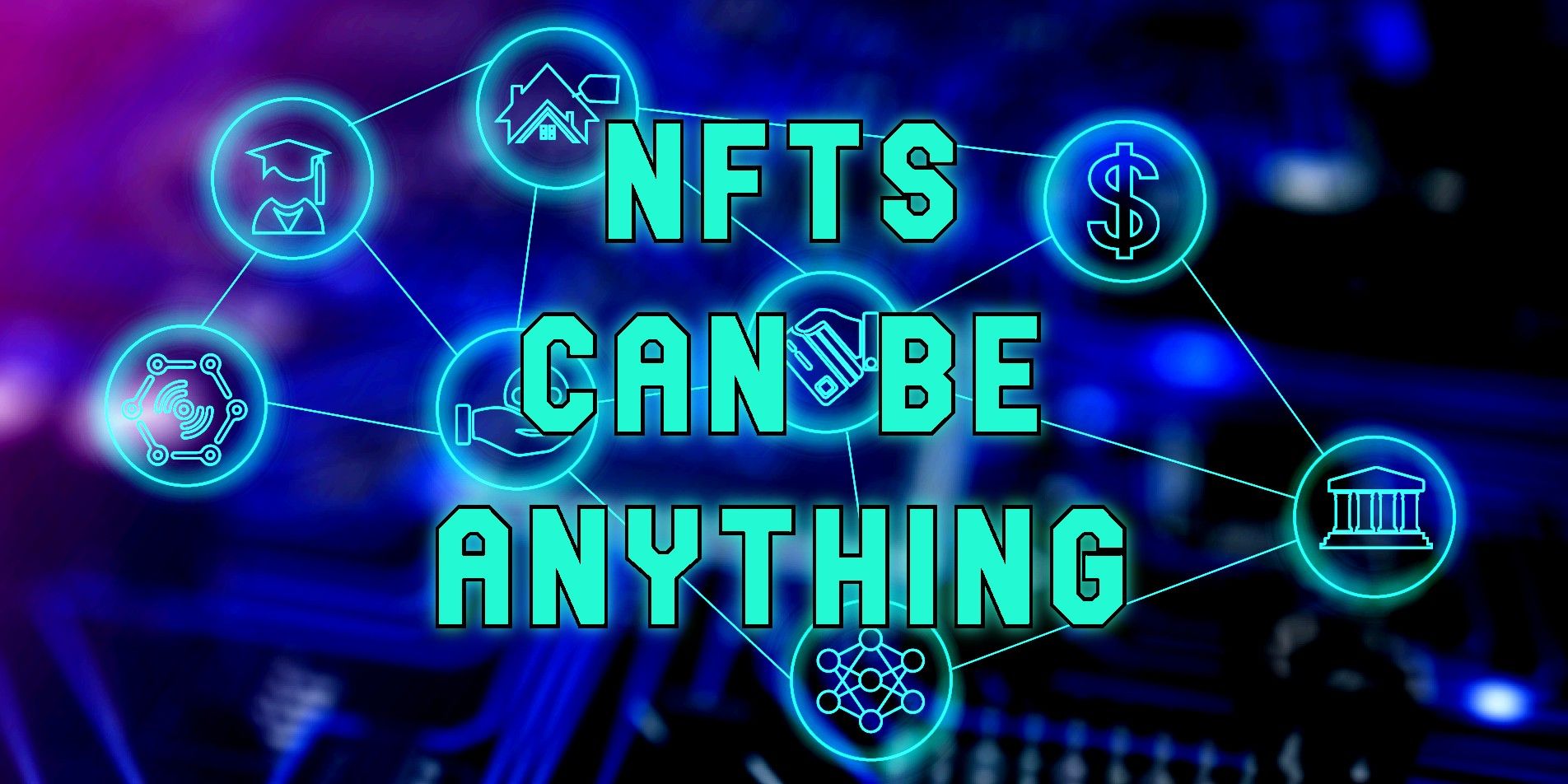When people think about it NFTs, they usually think of expensive JPEG images that strangely sell for millions of dollars, and that’s a problem. This is akin to thinking the internet is nothing more than a place to share memes and dismissing it as “probably nothing.“Now that NFT collector prices have crashed, real innovation can happen and this stigma can be broken as better uses for NFTs are explored.
NFTs, or “non-fungible tokens,” is a type of cryptocurrency where each token is unique from the rest and contains an embedded URL that links to its unique content and metadata. NFTs can be compared to documents of ownership where the URL points to the thing the token gives ownership of (supposedly always check it as is in fine print), which allows for enormous flexibility in what NFTs can do and represent. Unfortunately, during the 2020-2021 crypto season, investors and retail speculators poured millions into NFT profile picture collections with no use cases, often paying $100-1000 dollars to mint each token in hopes of landing the next million dollar NFT, which only encouraged more collections and various rejections to emerge as obvious copy-paste money, which understandably led to the misunderstanding of NFTs today.
The overexposure of elite JPEG collections such as Bored Ape Yacht Club and CryptoPunks brought NFT’s least exciting use case into mainstream consciousness, resulting in outright confusion among non-crypto folk. However, anyone who visits OpenSea will notice that there are more sections than just collectibles, such as NFT domain names for crypto wallets, music, art and photography, sports, trading card games (which NFTs lend themselves well to), land plots, and avatar gear. for virtual worlds, and even “utility” NFTs. NFTs are particularly suitable for blockchain-based games and metaverse elements, which allow the existence of virtual property with real value. For example, the metaverse virtual worlds Decentraland and The Sandbox both have NFT-based economies, with scarce NFTs -land. plots that run into thousands of dollars. Players can create and sell their own NFT avatar gear on in-game marketplaces. Blockchain games and “GameFi” sectors also use NFTs extensively, such as the adorable yield-generating pets of Aavegotchi or the wildly successful fighting animals Axie Infinity. These four examples are much more interesting than JPEG collectibles, but they receive little attention outside of crypto.
NFT use cases are extensive and innovative
A powerful feature that is often underestimated is the ability to check a crypto wallet for specific NFTs as part of conditional logic. This feature is widely used for private Discord servers, where a bot is used to auto-approve and kick Discord users based on what NFTs they own. NFT-based DAO governance environments use this ability to assign roles and voting rights. Websites can look for NFTs in a visitor’s crypto wallet, providing hidden areas/content for them to discover. NFTs can even be used to sell professional services online as tokens, using free market economics to determine the price of that service.
The NFT source code is open source, allowing developers to experiment with new and exciting features for their NFTs. For example, creating non-transferable NFTs sacrifices value for utility, such as sending an NFT claim to a fraudster’s wallet, using NFT metadata to verify authenticity and combat counterfeit products, or providing member IDs. NFTs can also be used to represent real-world objects and property deeds, using the blockchain to record transactions and ownership data instead of private databases. These examples barely scratch the surface of what NFTs can do, and all are more interesting than JPEGs that can be collected.
NFTs are misunderstood thanks to the hype surrounding JPEG collectibles, which obscured NFTs’ best use cases under a mountain of speculative junk. However, list all the uses of NFTs to someone who is convinced that they are just “expensive JPEGs” is as hopeless as listing the benefits of the internet to someone who is convinced that it is only for sharing memes. Instead, people need to stop thinking NFTs are collectibles and begin to think of them as a technology where collectibles exist alongside hundreds of more exciting uses.
Sources: OpenSea, Decentraland, The Sandbox, Aavegotchi, Axie Infinity

























